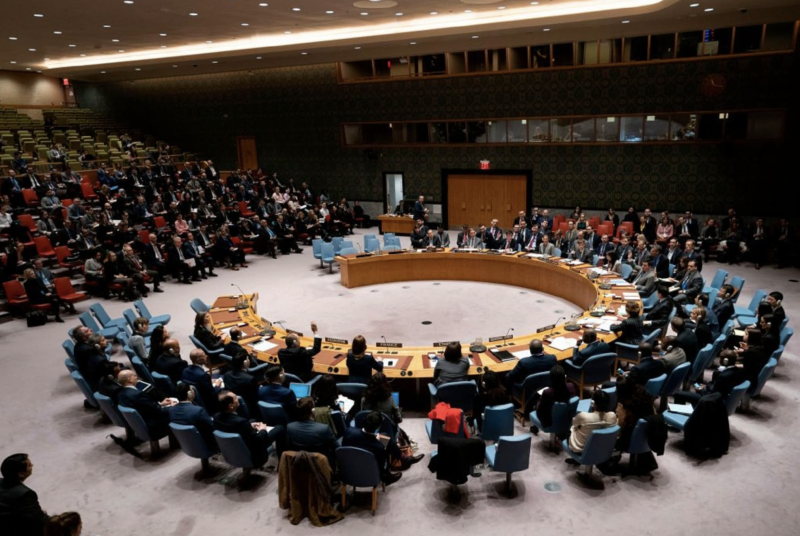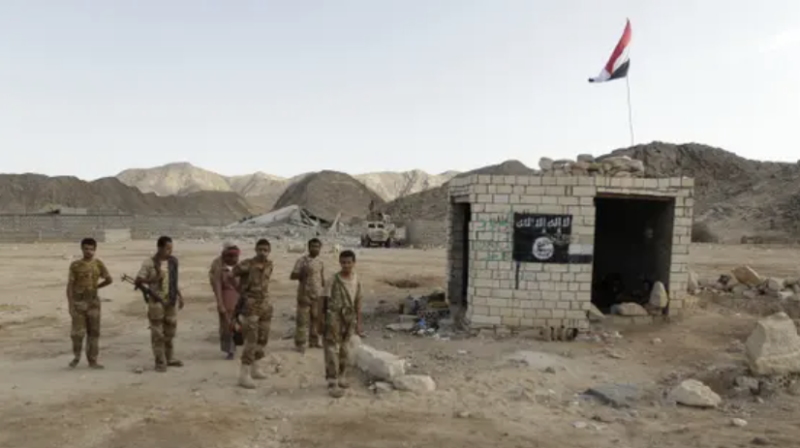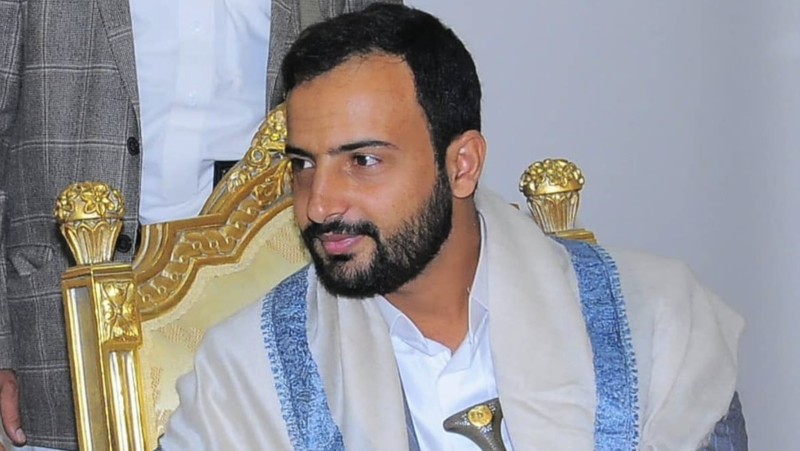UN Estimates Over 10,000 Families in Yemen Affected by Tej Cyclone


The UN estimated that over 10,000 households in the al-Mahra, Hadramawt, and Socotra governorates had been impacted by the Tej Cyclone.
Local authorities announced the restoration of electricity and communications, and the reopening of roads is allowing teams to assess the impact of the cyclone better.
Director of the Office of the Ministry of Planning and International Cooperation in al-Mahra Governorate Ali bin Balhaf called upon international, regional, and non-governmental organizations to support the local authority in confronting the repercussions and disastrous results of the natural disaster.
The official said several homes and private and public properties were destroyed, and hundreds of families displaced.
He warned of a health disaster that threatens the lives of residents, calling on humanitarian partners to respond quickly and provide all forms of urgent support.
Bin Balhaf stressed that the local authority was ready to provide possible facilities and overcome all difficulties to facilitate access to the affected areas.
UN estimates
The UN Office for Coordination of Humanitarian Affairs in Yemen reported that over 10,000 households have been affected, including an estimated 7,100 homes in al-Mahra, 2,682 families in Hadramawt, and 669 in Socotra.
The UN office stated that homes have been damaged, destroyed, or flooded, with household items swept away.
Strong winds and rains also damaged sites for displaced people in Hadramawt and the agriculture and fishery sectors in al-Mahra.
The report indicated that partners continue to conduct assessments and scale-up responses to affected households.
Partners on the ground are prioritizing the distribution of food and shelter, said the report, adding that efforts were also underway to transport additional supplies.
The heavy flooding and rains have damaged houses and infrastructure and displaced families, namely in the Ar-Raydah wa Qusaia'r district of Hadramawt, in areas of Hasswin and al-Ghaydah in al-Mahra, and in both districts of Socotra.
The report noted that the storm's impact across these areas was structural damage rather than loss of life. Local authorities took precautionary measures, including the closure of schools and some roads, the early evacuation of households in high-risk areas, and the early warnings.
The UN confirmed that the local authorities in the three governorates are working to reopen the main roads, such as the road linking the Ar-Raydah wa Qusaia'r District with both Mukalla and Qishin in al-Maharah.
Electricity has been restored in most areas of al-Ghaydah and other districts, except Hasswin. Telecommunications, previously down in al-Mahra, are now operating.
Meanwhile, head of the Yemeni Presidential Leadership Council Dr. Rashad al-Alimi visited al-Mahra to follow up on the developments.
Alimi met the Commander of Saudi Duty Forces, Faisal al-Hujaili, and representatives of the King Salman Humanitarian Aid and Relief Center (KSrelief) in the presence of al-Mahra and Hadramawt governors.
According to official sources, the meeting touched on the ongoing efforts to confront the repercussions of the cyclone, including humanitarian and relief interventions and rehabilitating basic infrastructure.

NewYork -- The United Nations Security Council has urged all parties in Yemen to de-escalate tensions and intensify diplomatic efforts to end the c…

Marib — A senior al-Qaeda commander was killed Tuesday in a suspected U.S. drone strike in Yemen’s northern province of Mareb, accordin…

London — The United Kingdom has announced new sanctions targeting Hussein al-Houthi, son of Abdulmalik al-Houthi, leader of the Houthi militi…